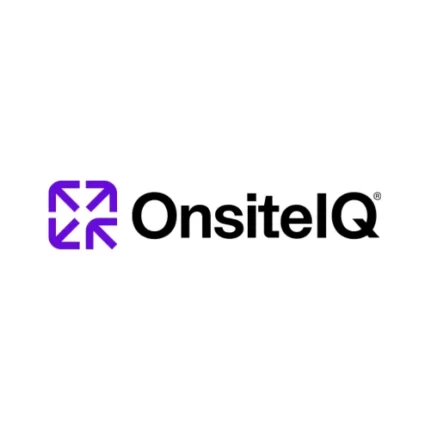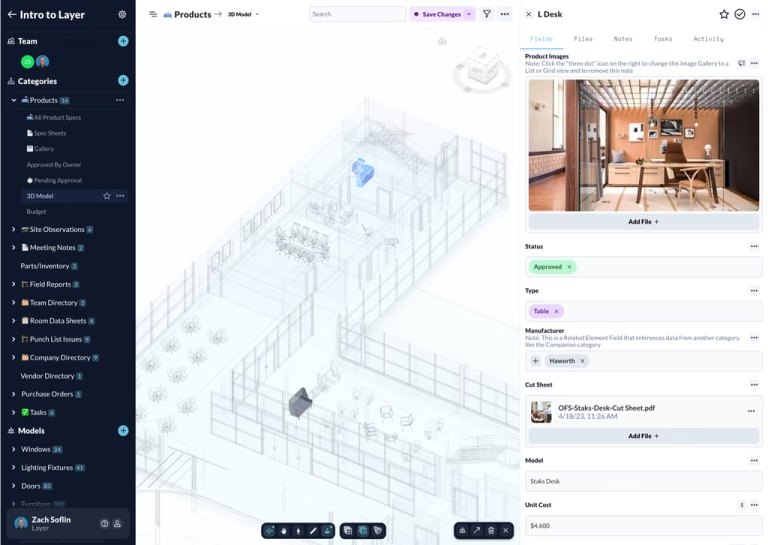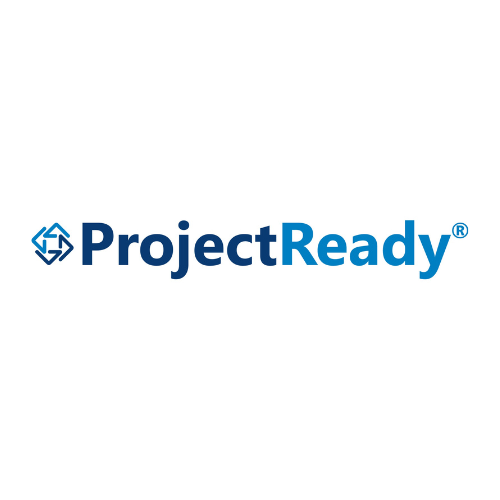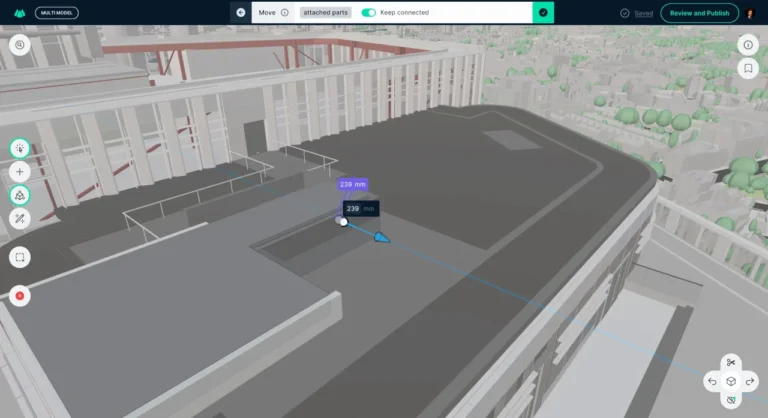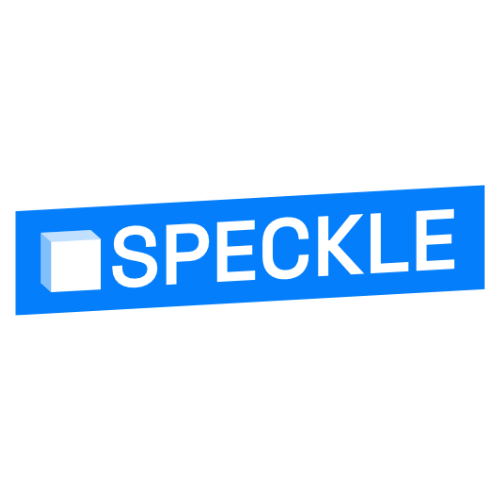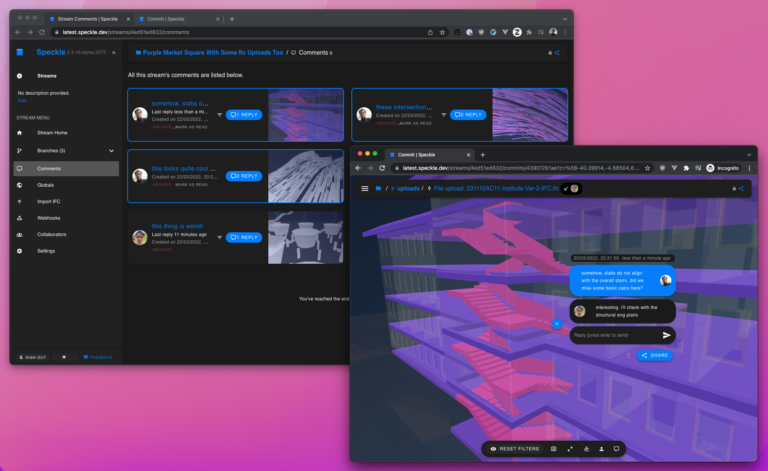Agave
Category: Data Management
Agave API provides construction software developers with the tools to build data integrations between their applications and other industry-standard software platforms. Essentially, it acts as a bridge or translator that allows construction software to “talk” to each other more seamlessly, promoting improved data flow between project management tools, bidding software, BIM, etc.
0
People watching this product now!
Key Information
What is Agave used for?
Agave API tackles a major hurdle in the construction industry: fragmented software systems. Here's how it helps:
Connects Construction Software:
Agave API acts as a bridge, allowing data to flow smoothly between different construction software programs. Imagine project management tools, BIM software, estimating tools, and subcontractor bidding platforms all communicating seamlessly. This eliminates the need for manual data entry and reduces errors.
Improves Data Accuracy:
Eliminating manual data entry reduces the risk of errors and inconsistencies. Agave API ensures everyone on the project has access to the latest and most accurate information.
Enhances Collaboration:
With better data flow and streamlined workflows, Agave API fosters better collaboration between different teams involved in a construction project. Everyone has a clearer picture of the project status, leading to more informed decision-making.
Simplifies Integrations:
Agave API provides a standardized way for construction software developers to integrate their applications with other platforms. This reduces development time and effort, allowing them to focus on building innovative features for their own software.
Alternative Products
Layer
Layer is a collaborative platform that empowers building teams to capture, organize, and access rich building data within their BIM workflows. It replaces traditional spreadsheets and disorganized files with a centralized system for managing various data types, including room data sheets, surveys, inspections, RFIs, and meeting minutes, all linked directly to the building model.
Layer facilitates real-time collaboration, allowing team members to share data, markups, and files efficiently, while its direct Revit integration streamlines data access and editing. With customizable workflows and mobile accessibility, Layer helps architects, engineers, contractors, and owners improve data management, enhance collaboration, increase efficiency, and reduce errors throughout the building lifecycle.
ProjectReady
ProjectReady provides a modern and scalable collaborative project information management solution that brings data and information together to save time, reduce risk, and save money. Our unique approach to collaborative project information management, rooted in the concept of an integrated data environment:
- Makes project data and information easily accessible across a variety of platforms and systems.
- Applies automation and governance to system integration.
- Reduces labor costs, delays, re-work, budget overruns, safety issues, and the likelihood of litigation.
Qonic
Qonic is a cloud-based BIM modeling tool designed to streamline collaboration and improve data accuracy in building projects. It allows teams to work on familiar formats like IFC, RVT, and Rhino in a single, open environment, ensuring seamless collaboration with an unlimited number of colleagues and external partners.
Qonic's focus on data integrity guarantees the consistency and accuracy of project data at every stage, enabling users to quickly correct and enhance imported models, query, modify, and upscale models effortlessly from any device, and streamline data management with project-wide custom properties, classification, and material libraries. This leads to greater accuracy in project outcomes, more precise geometry, and detailed reporting, ensuring accurate quantity take-offs and carbon assessments.
Speckle
Speckle functions as an open-source data exchange platform specifically for BIM (Building Information Modeling) data. It allows various 3D modeling applications to connect and share information seamlessly**. This improves collaboration between architects, engineers, and other AEC (Architecture, Engineering, and Construction) professionals by eliminating data silos and ensuring everyone works with the latest information throughout a project lifecycle.


